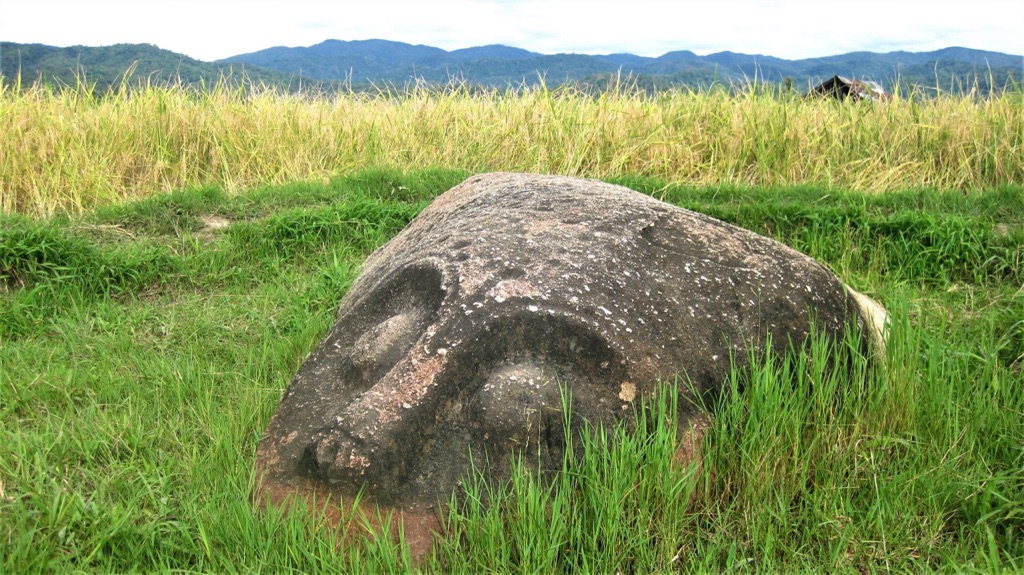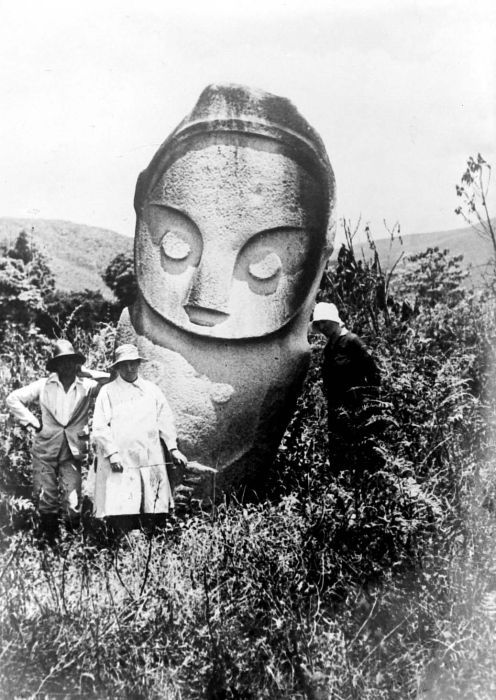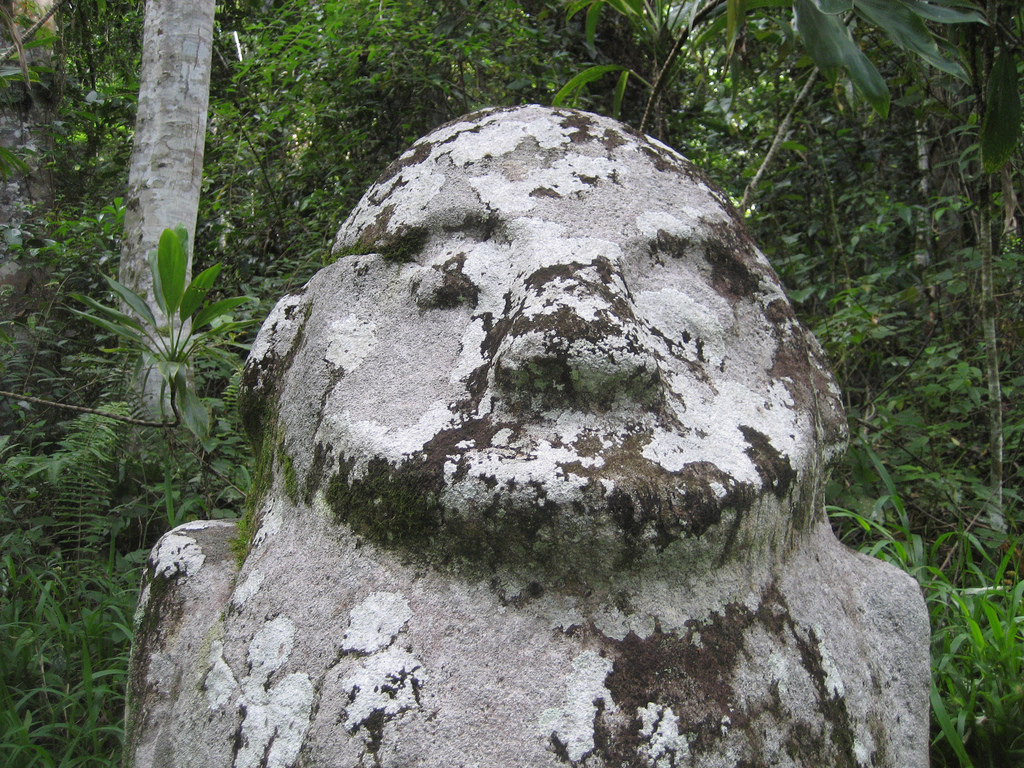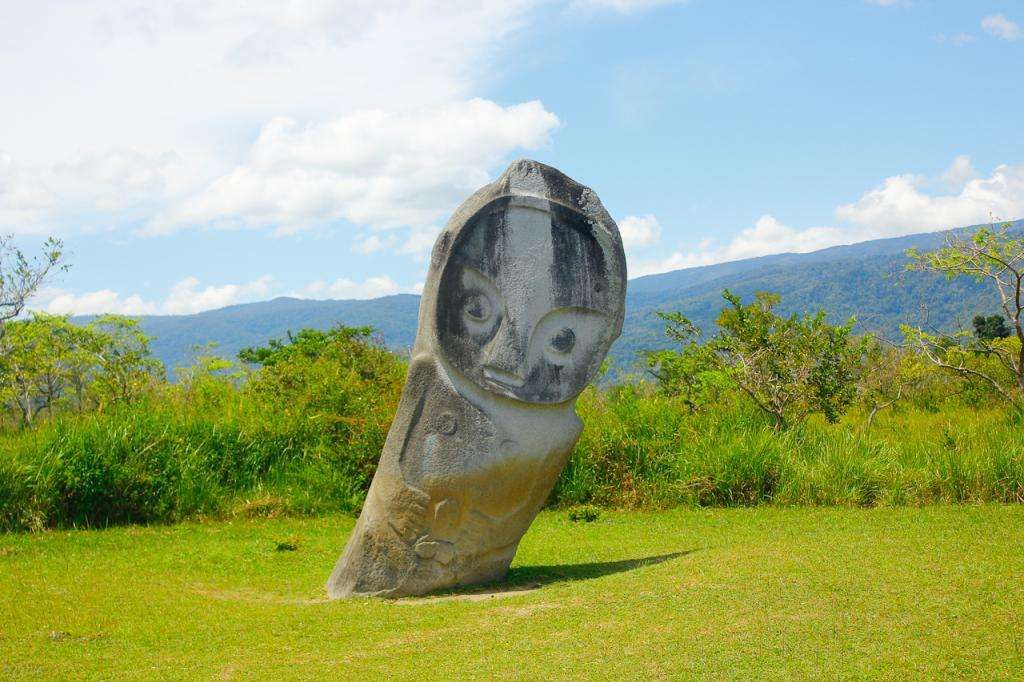The Bada Valley Megaliths are a collection of ancient megalithic structures found in the Lore Lindu National Park, on the Indonesian island of Sulawesi. These enigmatic stone monuments, which include statues, kalambas (stone coffins), and megalithic jars, are scattered across a lush and remote valley. Their origins and purposes remain a subject of debate among archaeologists and historians. The megaliths are believed to date back to at least the first millennium AD, but their creators and the reasons for their construction are still shrouded in mystery. The Bada Valley Megaliths are not only significant for their archaeological value but also for their cultural importance to the indigenous people of the region.
Get your dose of History via Email
Historical Background of Bada Valley Megaliths
The Bada Valley Megaliths were first reported to the international scientific community in the early 20th century. Dutch colonial officials and missionaries stumbled upon these stone giants during their travels. However, the local communities had long been aware of their existence. The megaliths are thought to have been created by an unknown culture, with no clear evidence linking them to any known historical civilizations in the region.
Archaeological studies suggest that the megaliths date back to the first millennium AD. Yet, the lack of written records makes it difficult to pinpoint their exact age. The creators of these megaliths are believed to have had a complex society, given the effort required to carve and transport these massive stones. However, no direct descendants or clear cultural lineage has been identified.
Over the centuries, the Bada Valley Megaliths have witnessed the ebb and flow of human activity in the region. While no longer the center of a bustling civilization, they have remained an integral part of local cultural traditions. The indigenous people of the valley have various myths and legends about the megaliths, often regarding them as sacred objects.

Despite their historical significance, the Bada Valley Megaliths have not been the scene of any major historical events known to the wider world. Their isolation has helped preserve them, but it has also meant that they have remained on the periphery of global historical narratives. The megaliths stand as silent witnesses to a past that remains largely unknown.
Today, the Bada Valley Megaliths attract researchers and tourists alike, drawn by their mystery and the stunning natural beauty of their surroundings. Efforts to study and preserve the megaliths continue, as does the quest to understand the people who built them and the lives they led.
About Bada Valley Megaliths
The Bada Valley Megaliths are remarkable for their size and the variety of their forms. The statues, some reaching up to 4 meters in height, depict human figures with distinct facial features and intricate details. The kalambas, or stone coffins, suggest a complex funerary tradition, while the large stone jars may have been used for storage or ceremonial purposes.
The methods of construction and the materials used for the Bada Valley Megaliths are a testament to the ingenuity of their creators. The stones were carved from a type of volcanic rock found in the area, and their transportation to their final locations would have required considerable effort and coordination. The precise techniques used to carve the stones remain unknown, but they exhibit a high level of craftsmanship.
Architecturally, the megaliths do not form any coherent structures like temples or tombs commonly found in other megalithic cultures. Instead, they stand alone, often in open spaces, which adds to their enigmatic nature. The lack of any associated buildings or settlements has made it challenging to understand the context in which they were used.

The environmental conditions in Bada Valley have contributed to the preservation of the megaliths. The tropical climate, while promoting lush vegetation, has not led to significant erosion of the stone. However, the growth of moss and lichens on the megaliths, while adding to their mystique, poses a challenge for preservation.
Despite their robust appearance, the Bada Valley Megaliths are vulnerable to the elements and human activity. Conservation efforts are crucial to ensure that these ancient stones continue to stand as a link to our shared human past.
Theories and Interpretations
Several theories have been proposed regarding the purpose and significance of the Bada Valley Megaliths. Some scholars suggest that the statues may represent ancestors or deities, serving as a link between the living and the spiritual world. The kalambas are widely believed to be associated with burial practices, indicating a belief in an afterlife.
The mystery of the megaliths has also led to speculation about their use in ancient rituals or as territorial markers. The isolation of the statues and their distribution across the valley could imply that they were strategically placed for specific, yet unknown, cultural reasons.

Interpretations of the megaliths have had to rely heavily on comparisons with other megalithic cultures and the oral traditions of the local people. However, without written records, these interpretations remain speculative. The indigenous stories and beliefs about the megaliths provide a rich cultural context but do not offer definitive historical explanations.
Dating the Bada Valley Megaliths has been challenging. Carbon dating of organic materials found in association with the megaliths has provided some clues, but the results are not conclusive. The wide range of estimated dates adds to the complexity of understanding their history.
The enigmatic nature of the Bada Valley Megaliths continues to captivate researchers. Each theory and interpretation adds a piece to the puzzle, but much work remains to fully understand these silent sentinels of the past.
At a glance
- Country: Indonesia
- Civilization: Unknown
- Age: At least 1,000 years old (1st millennium AD)

